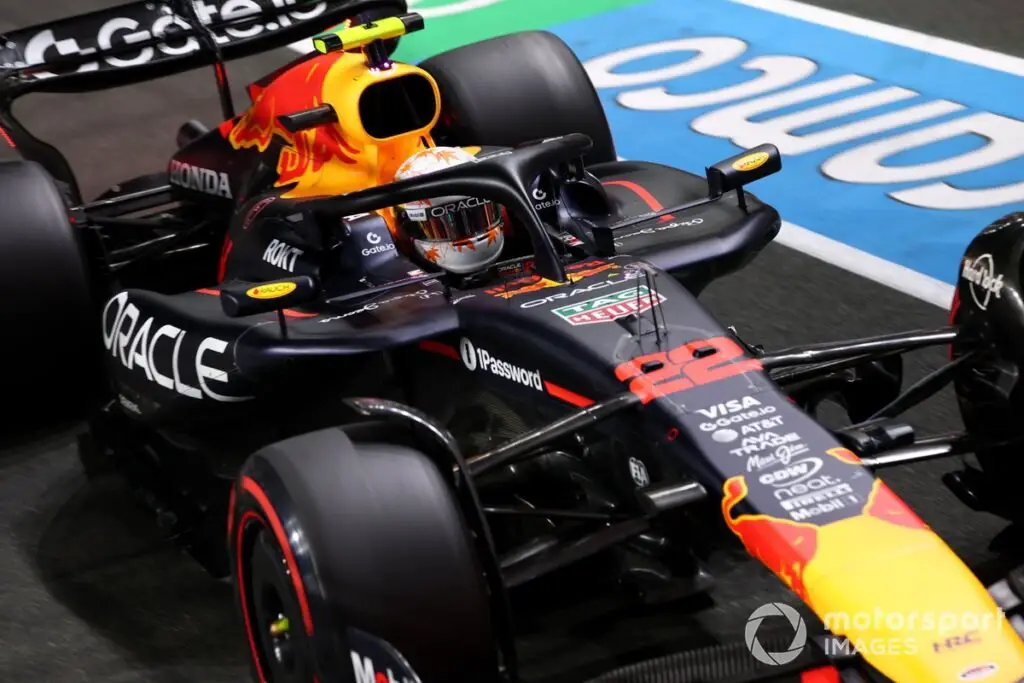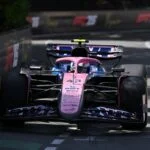Analyzing a Hypothetical Race Strategy for Yuki Tsunoda
In an intriguing turn of events at the Saudi Arabian Grand Prix, three drivers—Esteban Ocon, Gabriel Bortoleto, and Jack Doohan—decided to make a strategic gamble by changing their tires during the first-lap safety car period. This move aimed to allow them to potentially complete the race without making another stop, provided they could maintain their hard tires throughout.
The Impact of Early Tire Changes on Race Outcome
Ocon, Bortoleto, and Doohan all started on medium tires but switched to hard ones during the safety car period. Their strategy was to minimize additional stops, but it didn’t yield significant results. Although they gained places during the pitstop crossover, they struggled to maintain their positions due to the tire disadvantage accrued by those who made their stops later. Ocon finished 14th, while Doohan used his fresher tires to pass Bortoleto for 18th towards the end.
Let’s imagine a scenario where Yuki Tsunoda, after recovering from his opening-lap collision with Pierre Gasly at Turn 4, followed these three drivers onto the same strategy. Could he have scored points in this hypothetical situation?
Mapping the Ideal Race Strategy for Yuki Tsunoda
To explore this possibility, we’ll simulate a best-case scenario using Ocon and Bortoleto’s tire degradation data. We’ll place Tsunoda at the tail end of the pack after the restart and calculate his potential progress based on previous races’ supertimes.
Assuming Tsunoda starts from the back of the pack, we add the time spent under the safety car to ensure he’s at the back. We also account for the stoppage time lost during the collision with Gasly. Bortoleto was half a second off Ocon at the restart, so we maintain that gap between Tsunoda and the theoretical driver based on Ocon/Bortoleto’s performance.
Tsunoda starts with slower lap times as he works his way through the pack, gradually improving as he enters the 1m34s by lap 33. This puts him over a second a lap behind Verstappen, who is on fresh hard tires, but still within reach of the points. However, he tails off towards the end due to tire degradation.
Adding the safety car time and Tsunoda’s race lap data, our calculations suggest an eighth-place finish for him, crossing the line at 1h21m50.586s, just ahead of Carlos Sainz and Alex Albon—and about five seconds behind Lewis Hamilton.
While this is a highly optimistic forecast, it demonstrates that, had Tsunoda not sustained damage, he might have been able to make up the places and secure a points finish if he could navigate the traffic effectively. Aiming for the 25-second gap between Hamilton and Sainz at the end, even with some variance in lap times, would likely have been achievable.
This strategy wouldn’t have significantly improved a top car’s points finish. However, it could have provided a lifeline for one of them had they collided on the opening lap and needed a last-ditch effort to salvage something from the race.







